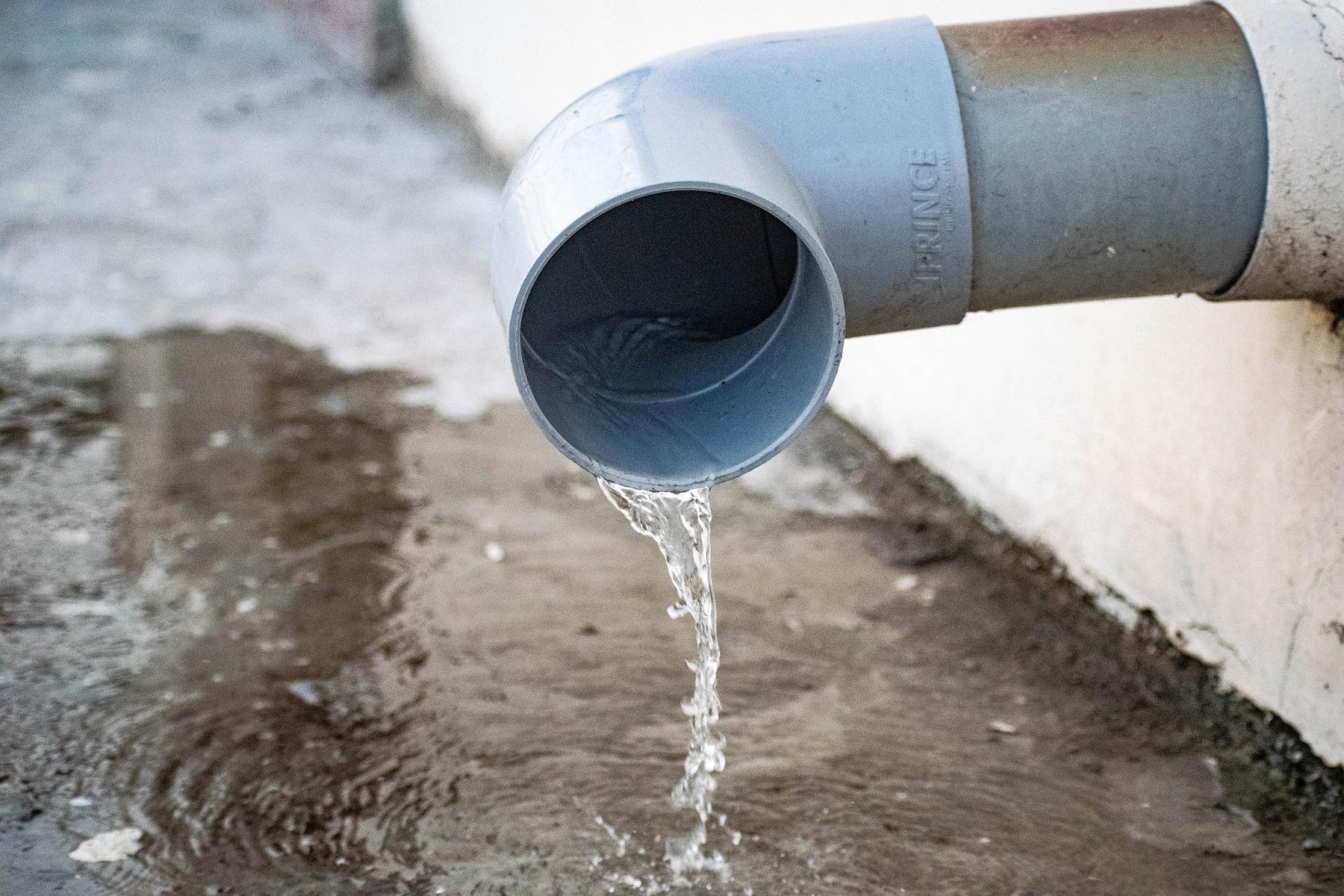
How to Glue PVC Pipe
Based on articles from waterjetpolymer.com & ronhazelton.com
All the joints in PVC piping whether it's used for irrigation drains and vents in house plumbing, or as a part of a central vacuum system, are literally welded together with a chemical solvent. The solvent cement, applied to both of the pieces being joined, temporarily melts a thin layer of PVC, which re-solidifies in seconds after the pieces are put together and form a seamless, waterproof, airtight seal. The process is simple but unforgiving of error-once the weld sets, the only way to change it is to cut it off. Here's how to keep mistakes to a minimum.
- Measure and cut: Measure the distance between the shoulders on the fittings at each end of the pipe to ensure that the pipe will be fully seated in its fittings. Transfer that measurement to the pipe and make a straight cut with a hacksaw. Scrape the inside of the cusmoothlyth with a utility knife.
- Prime: Spread cement primer over the outside of the pipe and the inside of the fitting where they'll overlap. The primer softens and cleans the plastic.
- Dry fit: Assemble everything to make sure the pipe is the correct length. On fittings such athe s elbows, position is critical, so make a reference mark from the pipe onto the fitting.
- Glue: Apply the cement to the primed areas on the inside of the fitting and to the outside of the pipe.
- Push and twist: Slide the pipe into the fitting until it bottoms out against the fitting's shoulder, then give it a ¼-inch turn to spread the glue and speed its cure. If you're attaching a fitting, push it in with the reference marks slightly out of the register, and turn the fitting to align the marks. Hold for 30 seconds, then wipe up any excess cement with a dry rag.
Leave a comment